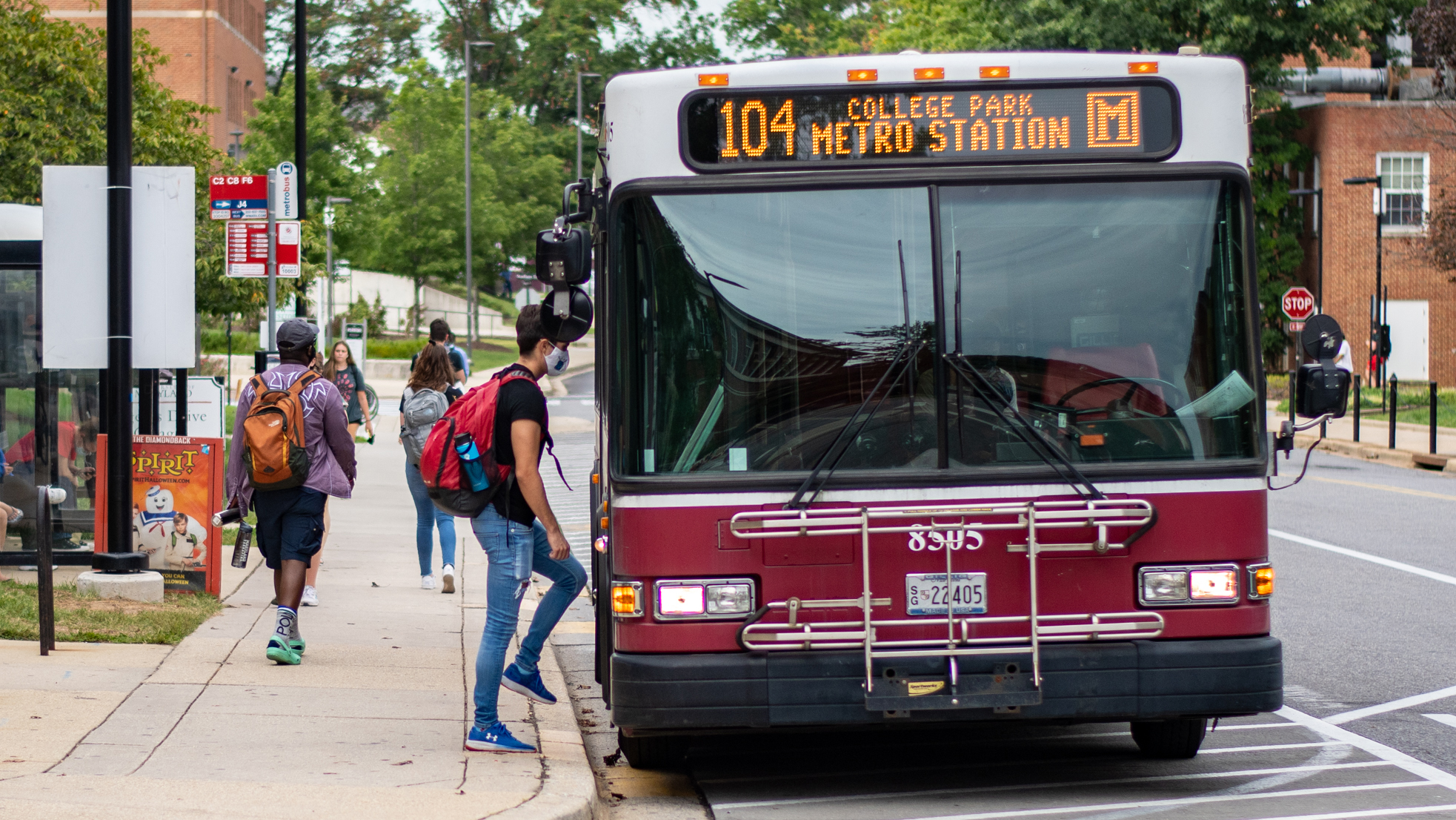Views expressed in opinion columns are the author’s own.
I have never brought my car to College Park, as I’ve been fortunate enough to live within walking distance of everything I’ve needed. However, I recently went home for a weekend, and found my car without any gas. When I took it to the gas station and began filling it like normal, I was absolutely shocked to see I was paying nearly double what I had paid the last time I filled my tank.
Rising fuel prices have been one of the America’s biggest concerns this calendar year, and all Americans have been affected by it in some way. Some have blamed the president, while others cite things like market concerns and the conflict in Ukraine. Yet, as some Americans attempt to point fingers and find someone at fault, most are left simply struggling to fill their vehicles at the pump.
Many University of Maryland students have felt the pain of surging fuel prices. Several commuter students have expressed their concern over maintaining a student’s budget with exponentially rising fuel costs. As the situation over fuel prices changes rapidly, it’s possible not all students will have the financial agency to meet these demands. With the high fuel prices expected to last months, this university needs to help students with ensuring they can get to and from their classes without spending exorbitant amounts of money on fuel.
One area where the university has a clear advantage when it comes to improving affordability in student mobility is through its existing transportation system: Shuttle-UM. It’s managed by the Department of Transportation Services, and helps provide transportation options for students, faculty and staff. According to DOTS’ 2019 Annual Report, the system employs 86 transit vehicles, and helped service over 3.2 million riders, proving the system’s size and capabilities.
Another thing the report shows is that between 2018 and 2019, there was an increase in the number of transit vehicles Shuttle-UM employed, but a decrease in total ridership. This leads one to believe that there are vehicles within the fleet that typically sit empty, or that there is an opportunity to combine and condense certain routes to free up certain buses. Therein lies the first way the university could help students who are struggling to afford fuel: offer more commuter bus service and prevent underutilization of the vehicles it already owns.
On popular commuter bus routes, students aren’t even always able to get a seat. For routes like the 141 Shuttle-UM Bus to and from the Gaithersburg Park & Ride, students have complained that they can’t actually guarantee obtaining a seat on the bus. This indicates a huge lack of supply of seats on this heavily-desired route. If Shuttle-UM could increase service offerings on commuter routes like this one, more students would be able to commute to and from campus without having the surging fuel costs change their plans.
If the university is not able to increase its Shuttle-UM offerings, then it could work with the Washington Metropolitan Area Transit Administration to develop a partnership where students could ride the Metrorail and Metrobuses. An established commuter fare for WMATA users would make the price of commuting to school more stable, allowing students to become unaffected by rising fuel costs.
This university has more than enough funds to ensure their students get free or reduced price Metro cards, and it wouldn’t be an anomaly for doing so. American University has a similar program for its students, where all full-time students pay a mandatory fee included in their tuition and earn free Metro rides. George Washington University also has a program that allows students to pay a $100 student fee and then the university will cover the remainder in order to allow for unlimited Metrorail and Metrobus trips during the semester. If this university created a similar partnership with WMATA, students would be able to commute to and from College Park with ease, irrespective of fuel prices. Not to mention, this is a much better environmental option.
Clearly, this university is not responsible for the rising cost of fuel in the U.S. However, this university is responsible for its actions — and lack thereof — related to improving the accessibility of educational services for all its students, particularly those who commute to school. This university has the capacity to alleviate the burden of rising fuel costs from students; it’s time it uses it.
Anthony Liberatori is a junior environmental science and economics major. He can be reached at alib1204@umd.edu.



